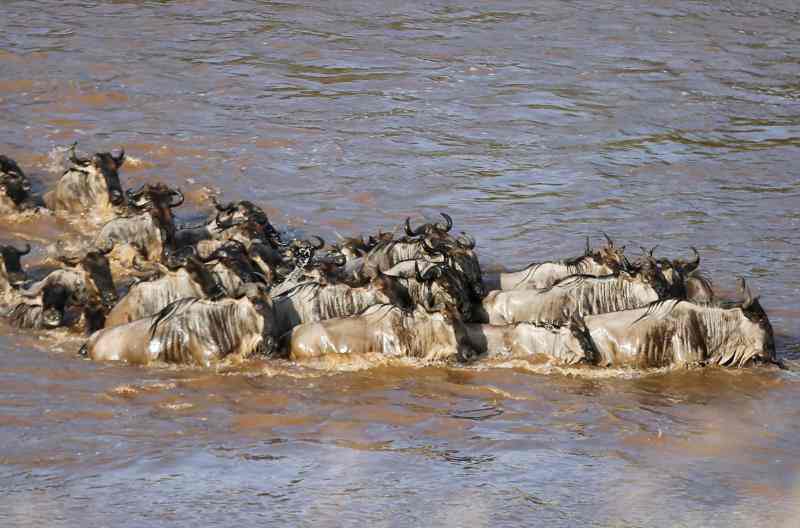×
The Standard e-Paper
Join Thousands of Readers

The tourist camp along Mara river in the eye of a storm for partially blocking migrating wildebeests leased the land from the defunct County Council of Narok.
The camp is operating on a 33-year land lease which was issued by the Ministry of Lands on November 25, 2011.